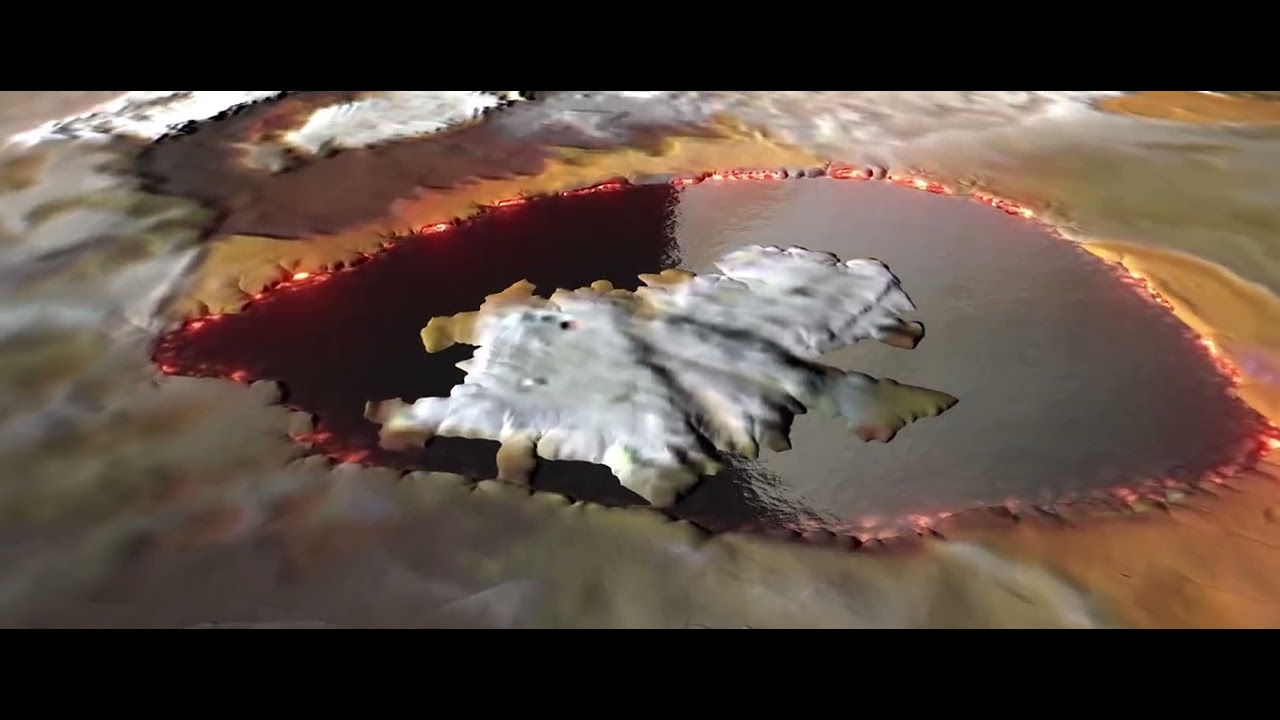4 min read
Cassini Significant Event Report
For Week Ending 04/05/02
The most recent spacecraft telemetry was acquired from the Goldstone tracking station on Wednesday, April 3. The Cassini spacecraft is in an excellent state of health and is operating normally. Information on the spacecraft's position and speed can be viewed on the "Present Position" web page.
Instrument activities this week included loading Ultraviolet Imaging Spectrograph flight software to RAM,
execution of this software, and a Radio and Plasma Wave Science flight software checkout. Additional on
board activities included Trajectory Correction Maneuver (TCM) 18, a Reaction Wheel Assembly spin down
test, and an autonomous CDS Solid State Recorder memory load partition repair.
TCM 18 was successfully completed with a burn duration of 9.85 seconds. The maneuver served for
tweaking Cassini's trajectory and for routine maintenance of the propulsion system. The flight team used this
opportunity to demonstrate numerous operational changes which will be required during the Saturn orbital tour
when maneuvers are much more frequent. Among the new items tested were command files uplinked and
executed during same Deep Space Network pass, the maneuver began and ended Earth-pointed instead of
Sun-pointed as is performed in cruise, tour-like operational modes were used, and it was the first operational
use of the Maneuver Automation Software.
Three waivers have been approved as part of the development process for C32. One additional waiver was
submitted by the Composite Infrared Spectrometer team and will be dispositioned next week. No simulation
needs have been identified for C32. As a result, all simulation activities have been removed from the
development schedule.
The Project approved the initial plan for C33 at a Project Briefing held this week. The first delivery of
detailed commands is due in early April.
The Cassini team supported a three-day ISO audit conducted at JPL this week. There were no findings
against the program.
Imaging Science Subsystem (ISS) personnel delivered version 1.3 of the ISS Flight Software to the Cassini
Program Software Library.
A Deep Space Mission Systems (DSMS) Delivery Review for Advanced Multi-Mission Operations System
(AMMOS) SEQ 25.3 was held this week. High Speed Simulation, APGEN, and Science Opportunity
Analyzer were included in this review.
All CD/tapes for the first phase of Science Operations and Planning Computer (SOPC) upgrades to Solaris 7
and Tracking, Telemetry, Command and Data Management Services (TTC&DM) Version 26.3.1 have been
shipped to the distributed operations sites. Two sites have completed their upgrades with only a few minor
issues. The second phase of shipments will begin mid April.
A Delivery Design Review was held for DSMS TTC&DM Version 26.4 to obtain approval from the
projects. After the review a problem was found in the Cassini Integrated Test Laboratory (ITL) relating to
filler packets for mini-packet data. Cassini has requested an emergency build for this fix.
System Engineering gave two classes reviewing the contents of the Anomaly Response Plan. The class is part
of continuing education and refresher courses available to program members.
Mission Assurance held a Program internal training session on the Problem Failure Reporting System. The
class focused on the Cassini Anomaly Reporting Process and the institutional electronic failure reporting
system. While all types of failure reports were touched on, emphasis for Cassini during mission operations
was placed on the Incident Surprise Anomaly reports. These classes will be conducted as needed during
mission operations, to ensure that team members are appropriately trained in the Anomaly Reporting Process.
The Cassini Education and Public Outreach Office held a Critical Design Review with outside partners and
NASA personnel attending. The plan was passed. Further activities involve collecting Request for Action
inputs from participants, incorporating comments for the next review, and working with Headquarters
personnel on final edits.
Outreach personnel gave workshops at the National Science Teachers Association (NSTA) Conference in
San Diego the end of March. NSTA is the largest venue for NASA's participation with the educational
community.
Additional information about Cassini-Huygens is online at http://saturn.jpl.nasa.gov.
Cassini will begin orbiting Saturn on July 1, 2004, and release its piggybacked Huygens probe about six months later for descent through the thick atmosphere of the moon Titan. Cassini-Huygens is a cooperative mission of NASA, the European Space Agency and the Italian Space Agency. JPL, a division of the California Institute of Technology in Pasadena, manages the mission for NASA's Office of Space Science, Washington, D.C.
Media Relations Office
Jet Propulsion Laboratory
California Institute of
Technology
National Aeronautics and Space
Administration
Pasadena, Calif. 91109.
Telephone (818) 354-5011







